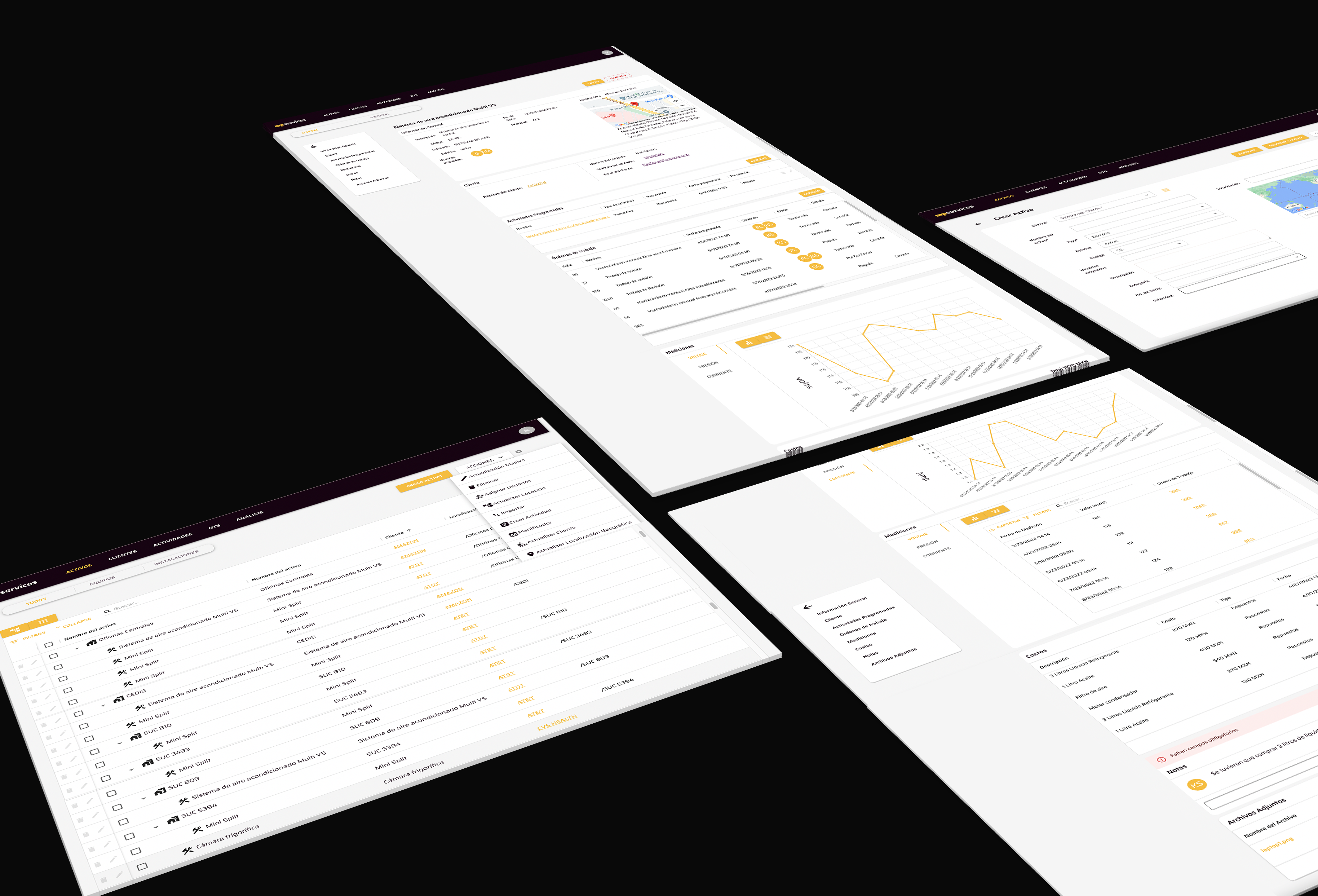CMMS is the acronym in English for “Computerized Maintenance Management System”, which in Spanish translates to “Computerized Maintenance Management System”. A CMMS is software designed to help organizations efficiently and effectively manage their maintenance and asset management activities.
A CMMS allows companies and organizations to plan, schedule and perform preventive and corrective maintenance on their physical assets, such as machinery, equipment, facilities and other resources. Some of the key features of a CMMS include:
- Asset Registry: It allows you to keep a detailed record of all the organization's assets, including information such as location, technical characteristics, maintenance history and estimated useful life.
- Programming and Planning: Facilitates the scheduling of preventive maintenance tasks, establishing dates and frequencies to perform inspections, lubrication, calibrations, among others.
- Work Tracking: Allows you to record and track work orders and maintenance requests, from request to completion. This includes assigning technicians, tracking progress, and recording work hours.
- Inventory and Supplies: It helps manage the materials and supplies necessary for maintenance, allowing you to maintain an updated inventory and automating replenishment when necessary.
- History Record: Maintains a detailed historical record of maintenance activities performed on each asset, making it easy to analyze trends, make informed decisions, and identify recurring problems.
- Report generation: Provides the ability to generate reports and analysis related to maintenance performance, costs, efficiency and other key indicators.
- Supplier Management: It allows you to manage the relationship with external suppliers, contractors and specialized services related to maintenance.
In short, a CMMS is an essential tool for any organization that depends on physical assets for its operation. It facilitates the organization, planning and monitoring of maintenance activities, which can lead to greater operational efficiency, cost reduction and increased asset life.

https://vitz.ru/forums/index.php?autocom=gallery&req=si&img=4807